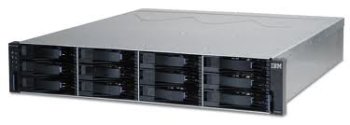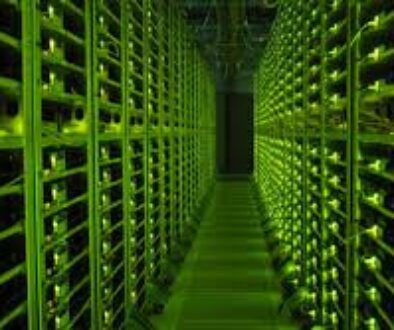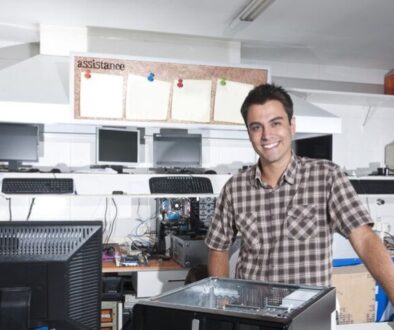IBM Disk Arrays for Power Systems and pSeries
July 2013
Big Blue, or IBM, needs no introduction as it is the world class producer of the number 1 hardware in the world. Producing hardware like servers, disk arrays, workstations and IBM AIX, every device is close to what can only be called as perfection. Here is an introduction about the IBM Disk Arrays.

A group of disks that work together with a specialized array controller to take advantage of potentially higher data transfer rates and, depending on the RAID level selected, data redundancy are classified as disk arrays.
RAID technology is used by the disk arrays to offer data redundancy and improved data transfer rates over those provided by single large disks. The disk can usually be replaced without interrupting normal system operation if there is an occasion of disk failure.
Data redundancy
The disk array controller keeps track of how the data is distributed across the disks. RAID 5, 6, and 10 disk arrays also provide data redundancy, so that no data is lost if a single disk in the array fails. If a disk failure occurs, the disk can usually be replaced without interrupting normal system operation.
Using arrays
Each disk array can be used by AIX® in the same way as it would a single non-RAID disk. For example, after creating a disk array, you can create a file system on the disk array or use AIX commands to make the disk array available to the system by adding the disk array to a volume group.
hdisk
Like other disk storage units in AIX, the disk arrays are assigned names using the hdisk form. The names are deleted when you delete the disk array. An hdisk is a disk that is formatted to 512 bytes per sector. These disks must be formatted to 528 bytes per sector before they can be used in disk arrays.
pdisk
The individual physical disks that comprise disk arrays (or serve as candidates to be used in disk arrays) are represented by pdisk names. A pdisk is a disk that is formatted to 528 bytes per sector.
Array management
The IBM® SAS RAID controller is managed by the IBM SAS Disk Array Manager. The disk array manager serves as the interface to the controller and I/O device configuration. It is also responsible for the monitoring and recovery features of the controller.
Boot device
If a disk array is to be used as the boot device, you might have to prepare the disks by booting from the IBM server hardware stand-alone diagnostics CD and creating the disk array before installing AIX. You might want to perform this procedure when the original boot drive is to be used as part of a disk array. -Braden Stewart, Greentec Systems





